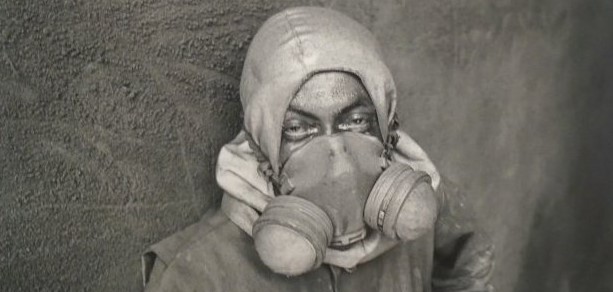Mashriq & Mahjar
This is a post about the new peer-reviewed academic journal organized by the Khayrallah Program for Lebanese-American Studies. Yes, we’ve been busy! But, before I wax poetic about the journal itself, I’d like to take you on a tour of sources. Riveting, I know!  Here’s a quick tour that I’m called Anatomy of a Source. Let’s take Mr. Joe Salem as an example. When we met Joe, he had lived most of his life in North Carolina. He experienced childhood, family, work, war, fatherhood, and more! We met him toward the end of his life and we are so grateful that his story is part of the archive. We captured his oral history on audio and video where he recounted years of experiences that made up his life. First, the oral history is a documentation of Joe’s telling of his life experiences, which we added to the archive and our YouTube channel for the public to view. Then, we used clips of his oral history for our full-length documentary, Cedars in the Pines, that explored the history of Lebanese-Americans in NC since 1890.
Here’s a quick tour that I’m called Anatomy of a Source. Let’s take Mr. Joe Salem as an example. When we met Joe, he had lived most of his life in North Carolina. He experienced childhood, family, work, war, fatherhood, and more! We met him toward the end of his life and we are so grateful that his story is part of the archive. We captured his oral history on audio and video where he recounted years of experiences that made up his life. First, the oral history is a documentation of Joe’s telling of his life experiences, which we added to the archive and our YouTube channel for the public to view. Then, we used clips of his oral history for our full-length documentary, Cedars in the Pines, that explored the history of Lebanese-Americans in NC since 1890.
After that, we used Joe’s oral history in the classroom to acquaint NC State University graduate students of Museum Studies with the work of the Project. They, in turn, took the oral history and incorporated it and others into drafts for the museum exhibition, which is being curated now. At the same time, we used the oral history as a tool of education when developing our K-12 curriculum and I use this source all the time on social media platforms. And, of course, with all the new collaborations we forge (with the NC State University’s Computer Science Department and UNC-Chapel Hill’s Digital Innovation Lab), we continue to uphold the sources of the community as the best ways to get informed about the Project and Lebanese-American history.
Because it’s readily available through our digital archive, the public can also view this oral history to learn more about the lives of the community. His family was generous in providing photographs and images of memorabilia documenting Joe’s life, which is all available in his collection. Which brings me to my point! Mashriq & Mahjar is, in some ways, the next iteration of the process of bringing sources together for the purposes of education, awareness and community-building. The mission is “devoted to disseminating original research on migration from, to, and within the region now commonly known as the ‘Middle East.'” The Spring 2013 issue is available online and includes PDF versions of all articles. For those of you keeping up with the additions to the digital archive, you’ll see some family images posted throughout the journal website. This, again, represents the connection to the Project. Broadening the scope beyond Lebanon to include the Middle East allows us to consider our community differently and understand the influences and changes that have occurred over the years. This journal provides insight into the original research of scholars who have dedicated their professional work to the study of an important region. If you’d like to get your feet wet, take a look at the inaugural Editorial Foreword by Andrew Arsan, John Karam & Akram Khater found here. Happy reading!
- Categories:


